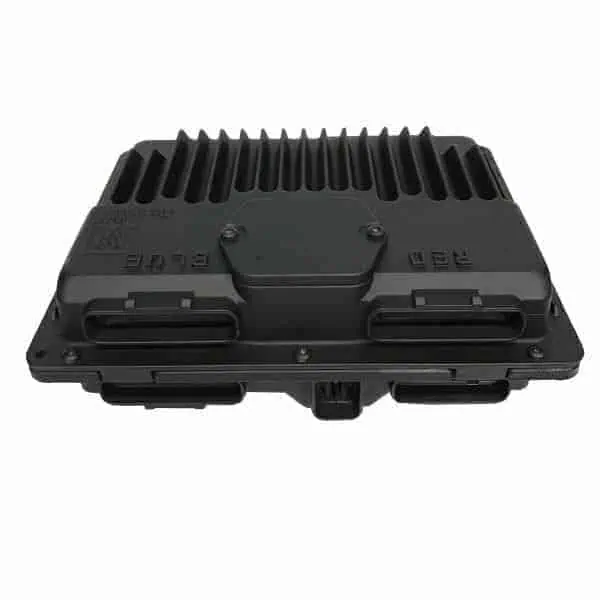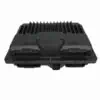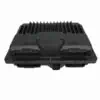Is your 1998 or 1999 Chevrolet or GMC truck running rough, stalling, or refusing to start? Are you battling a persistent Check Engine Light with confusing error codes? The Powertrain Control Module (PCM), the central computer of your vehicle, is often the culprit behind these frustrating issues. This genuine, used PCM, part number 9366810, is the reliable and cost-effective solution to restore your vehicle’s performance and dependability. We take the guesswork out of the repair by programming the module to your vehicle’s specific Vehicle Identification Number (VIN) before it ships, ensuring a seamless integration process.
The Brain of Your Operation: Understanding the PCM
The PCM in your late-90s GM truck is the master controller for the entire powertrain. It meticulously manages everything from fuel injection timing and spark advance to transmission shift points and emissions control systems. When it begins to fail, the symptoms can be widespread and often misdiagnosed, leading to wasted time and money on unnecessary parts. A failing PCM can mimic a bad sensor, a faulty fuel pump, or a transmission problem. Replacing it with a correctly programmed unit is critical to getting your truck back on the road and running as the factory intended.
From the Diagnostic Bay
I once had a ’99 Suburban in the shop that was driving the owner crazy. It had a random misfire on cylinder 3 that would come and go. He had already replaced the spark plug, wire, cap, rotor, and even the fuel injector. The misfire persisted. After hooking up the scope, we noticed the control signal for the #3 injector was erratic. It wasn’t the injector itself, but the driver circuit inside the original PCM that was failing intermittently. We installed a VIN-programmed replacement PCM just like this one, performed the security relearn, and the truck ran perfectly. It’s a classic case of how a failing computer can send you chasing ghosts all over the engine bay.
Symptoms of a Failing 1998-1999 Chevrolet 2500 PCM
- ✔ Persistent Check Engine Light (CEL) with communication-related or internal processor fault codes.
- ✔ Engine stalling, stumbling, or hesitating unexpectedly.
- ✔ No-start or hard-start conditions, especially when warm.
- ✔ Noticeable decrease in fuel economy.
- ✔ Harsh or erratic automatic transmission shifting.
- ✔ Failure to communicate with a diagnostic scan tool.
- ✔ Intermittent electrical issues that seem to have no other cause.
Why VIN Programming is Essential
Unlike a simple sensor, you cannot just swap a PCM from another vehicle and expect it to work. For this generation of GM trucks, the PCM is tied directly to your specific vehicle’s options, engine calibration, and, most importantly, the Passlock anti-theft system. Our process ensures this module is ready for your truck. By providing your VIN, we flash the unit with the latest GM software updates and your vehicle’s exact configuration. This makes the installation process much smoother and helps avoid compatibility conflicts that can leave your vehicle immobilized. This is not just a part; it’s a complete, programmed solution for your 1998-1999 Chevrolet 2500 PCM issues.
Installation and Setup
Physically replacing the PCM is straightforward. It is typically located in the engine compartment on the driver’s side. After disconnecting the battery, you simply unbolt the old module, unplug the electrical connectors, and install the new one in its place. However, due to the GM Passlock security system, you will likely need to perform a security relearn procedure after installation. This procedure can typically be done without special tools and involves a sequence of key cycles. Instructions for this are widely available online or in service manuals.
Frequently Asked Questions
Why do you need my VIN?
Your Vehicle Identification Number (VIN) allows us to program the PCM with the exact software and calibrations for your truck’s specific engine, transmission, and options. It also ensures compatibility with your vehicle’s anti-theft system, which is crucial for it to start and run correctly.
Is this part ready to install out of the box?
Yes, the module arrives programmed to your VIN. However, you will likely need to perform a security relearn procedure after installation to sync the module with your vehicle’s anti-theft system. This is a standard step for this generation of GM vehicles.
How can I be sure my PCM is the problem?
While the symptoms listed are common indicators, a definitive diagnosis is always recommended. This usually involves checking for specific diagnostic trouble codes (DTCs) related to the PCM itself (e.g., P0601-P0606) and verifying power and ground signals to the module. If other potential causes have been ruled out, the PCM is the likely culprit.
Where is the PCM located on my truck?
On most 1998-1999 GM full-size trucks and SUVs like the Chevrolet 2500, Suburban, and Tahoe, the PCM is located in the engine bay, typically on the driver’s side inner fender or near the firewall.
What if I install it and my truck still doesn’t start?
First, ensure the security relearn procedure was completed correctly, as this is the most common reason for a no-start condition after a PCM replacement. If the issue persists, double-check all connections and verify that there isn’t another underlying issue with the vehicle’s wiring or other components.


